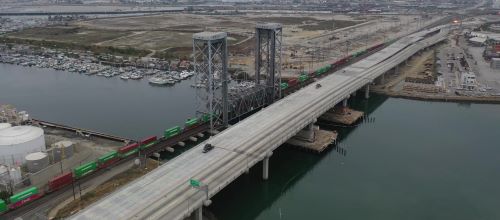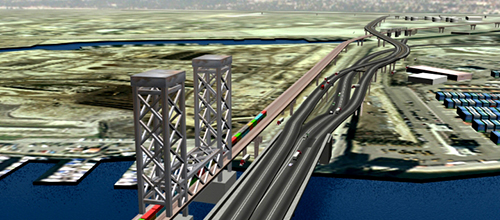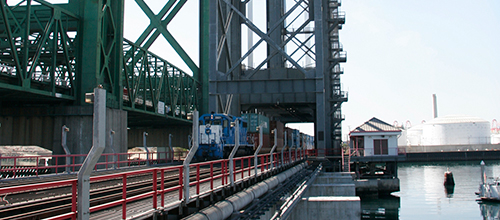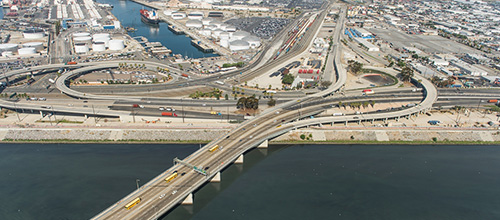The Schuyler Heim Bridge Replacement and SR-47 Expressway project is divided into two segments. Phase 1 is the replacement of the seismically-deficient Schuyler Heim bridge with a new safer fixed-span bridge. The Project is being advanced through a joint partnership between Caltrans and the Alameda Corridor Transportation Authority (ACTA), pursuant to cooperative agreements with Caltrans. ACTA performed planning, design, property acquisition, utility relocation coordination, design support during construction, and environmental mitigation oversight.
SHOW MORE
Phase 2 provides an expressway connection between the north side of the Heim Bridge and Alameda Street at Pacific Coast Highway.
SHOW LESS




